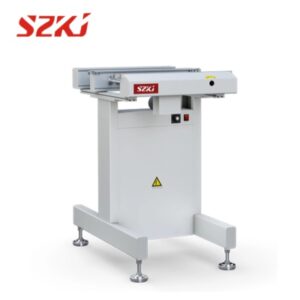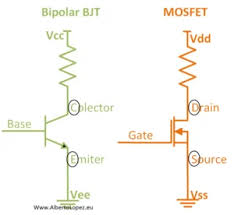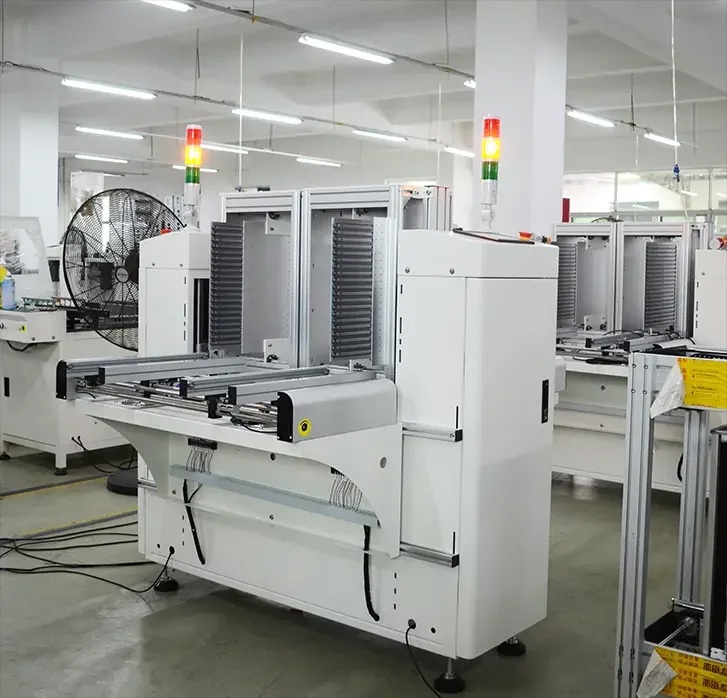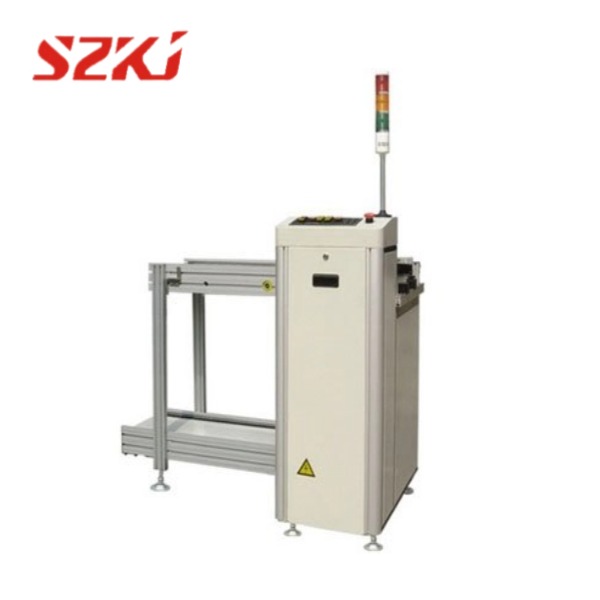Table of Contents
ToggleAs we are living in an era of globalization, there is a great need for electronics manufacturing with rapid advancement, minimum tolerance level, and maximum production capacity; this is where SMT takes place. From hand-held smartphones to the complex controls in today’s automobiles, SMT has revolutionized how electronic devices of high reliability and functionality are manufactured.
This guide focuses on understanding what SMT is, why it is crucial in electronics manufacturing, and the sophisticated SMT line equipment that turns concepts into great quality products.

What Does SMT Mean?
SMT stands for Surface Mount Technology – a process of placing components on the surface of a printed circuit board. Compared with THETA, it does not require drilling holes through PCBs, which is less time-consuming and economical than the THT. SMT is the heart of today’s electronics in all consumer goods and industrial applications extending from the hand-held to complex process control instrumentation systems.
How SMT Line Equipment Works: A Step-by-Step Overview
An SMT line is a complex series of mechanical processes meant for an effective organization of the PCB’s production. Here’s how the SMT line equipment operates step-by-step:
- Solder Paste Application: In the solder paste printer technology, a thin layer of paste is printed accurately on the pads of the PCB. Among the sub-processes of designing, this step creates the base for the most precise cutting of the components.
- Component Placement: In the pick-and-place machines, the surface-mount components including capacitors and ICs are placed on the solder paste by employing high-level robotics. This particular stage presupposes the application of speed and precision for managing the miniaturization of parts.
- Reflow Soldering: PCB is then taken through a reflow oven where heat causes the solder paste to melt thus making strong electrical and mechanical connectivity.
All the SMT line equipment utilizes the functions synergistically to produce quality and dependable assemblies. SMT manufacturing enables employers to achieve standard levels of product quality by keeping errors made by people to a minimum in the telecommunication, automobile, and electronics industries.
Benefits of Using SMT Line Equipment
Investing in state-of-the-art SMT equipment offers businesses several advantages:
- Increased Efficiency: Modifications minimize the need for workers to insert their hands into the process and lower the overall time.
- Cost Reduction: This, there is minimization of the overall material wastage and the general operation expenses.
- Compact Products: Allows the fabrication of compact, thin, and improved electronic structures.
- High Reliability: It guarantees quality, which is very vital in sectors such as safety-critical, manufacturing, and automotive industries.
Future Innovations in SMT Line Equipment and Technology
As the field of SMT Manufacturing remains dynamic; advancements in technology impact the heights of efficiency and accuracy in handling large volumes of materials. Here are some key advancements shaping the future of SMT line equipment:
- AI-Powered Optimization
Many of today’s SMT lines are also incorporating artificial intelligence into the various processes. From the predictive maintenance system to instant production analysis and other uses of industry AI optimizes the process and minimizes disruptions to productivity.
- Smart Pick-and-Place Machines
Existing pick-and-place machines are now in their latest generation with advanced features from robotics and vision systems. These enhancements allow the placement speed to increase and achieve a higher degree of preciseness, which is an effective solution when handling miniaturized parts.
- Industry 4.0 and IoT Integration
With the popularity of Industry 4.0, SMT line equipment is getting intelligent and integrated. The machines within production lines share data to the Intelligent Operations platform where manufacturers can make informed choices for increased productivity.
- Sustainability in SMT Manufacturing
Modern processes being adopted at different companies and industries are environmentally friendly. Many suppliers have been implementing energy-friendly SMT line equipment and minimizing resource utilization which is a requirement in the manufacturing industry.
Conclusion
Surface Mount Technology can simply be said to be a requirement in today’s electronic product manufacturing. The application of improved SMT line equipment that is available in the market today can be used to improve the efficiency, quality, and competitiveness of a business. Whether you need a new production line or considering implementing new technologies, SMT Manufacturing is here to provide the latest technologies to serve your needs.
Upgrade your SMT line equipment and maximize your production with the help of our professional insights. Contact us today to experience more innovation and meet your business needs.




